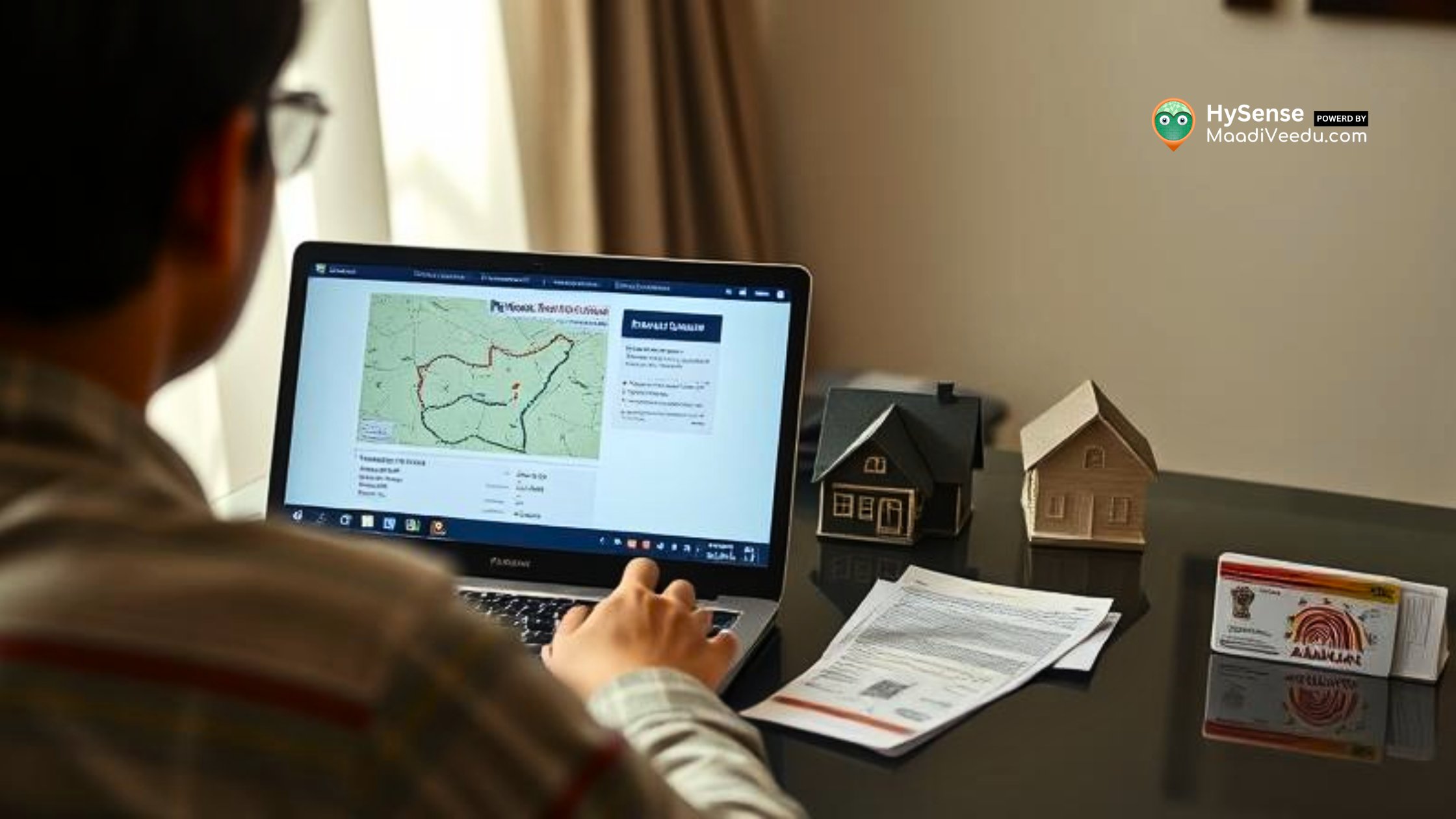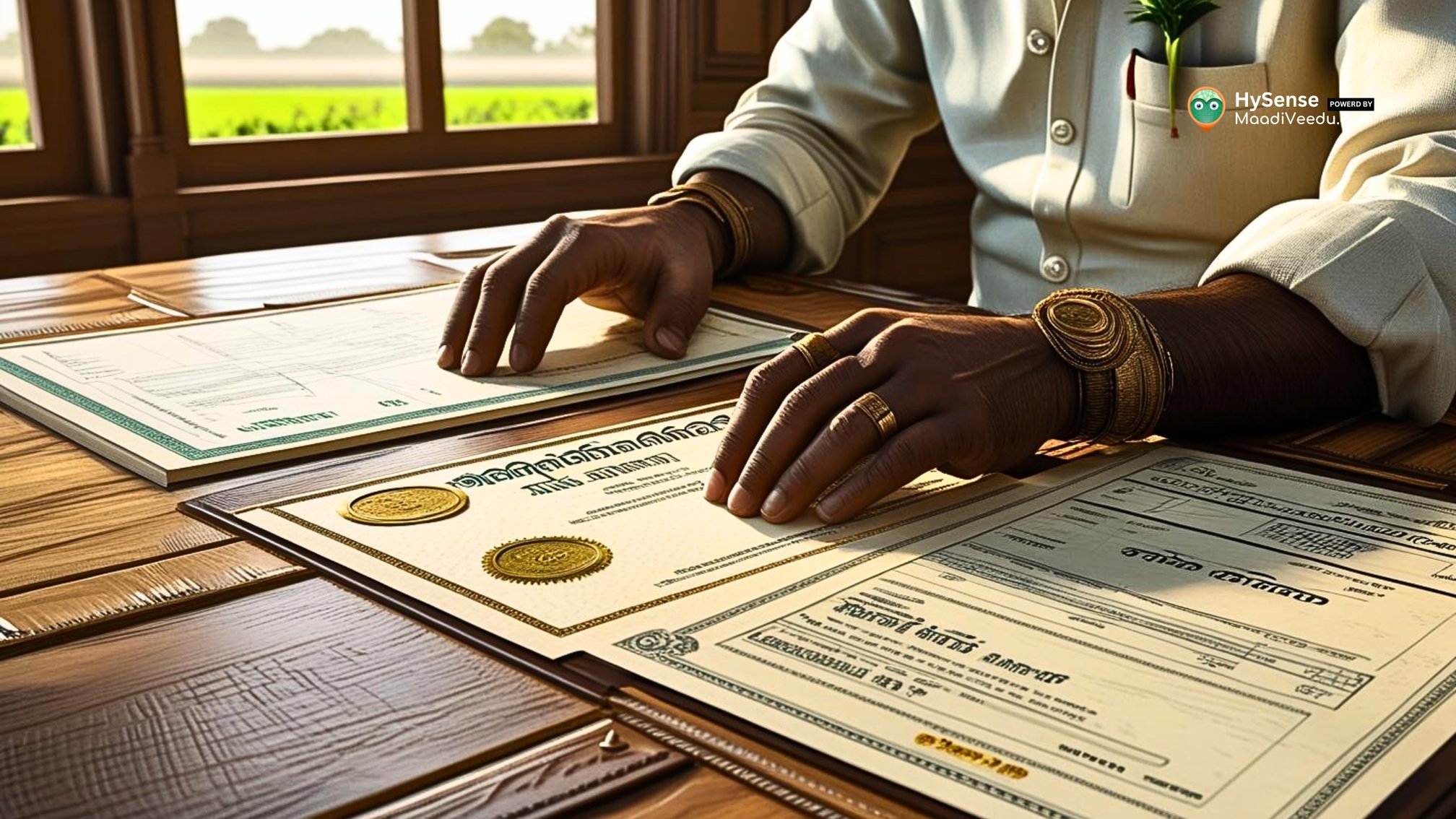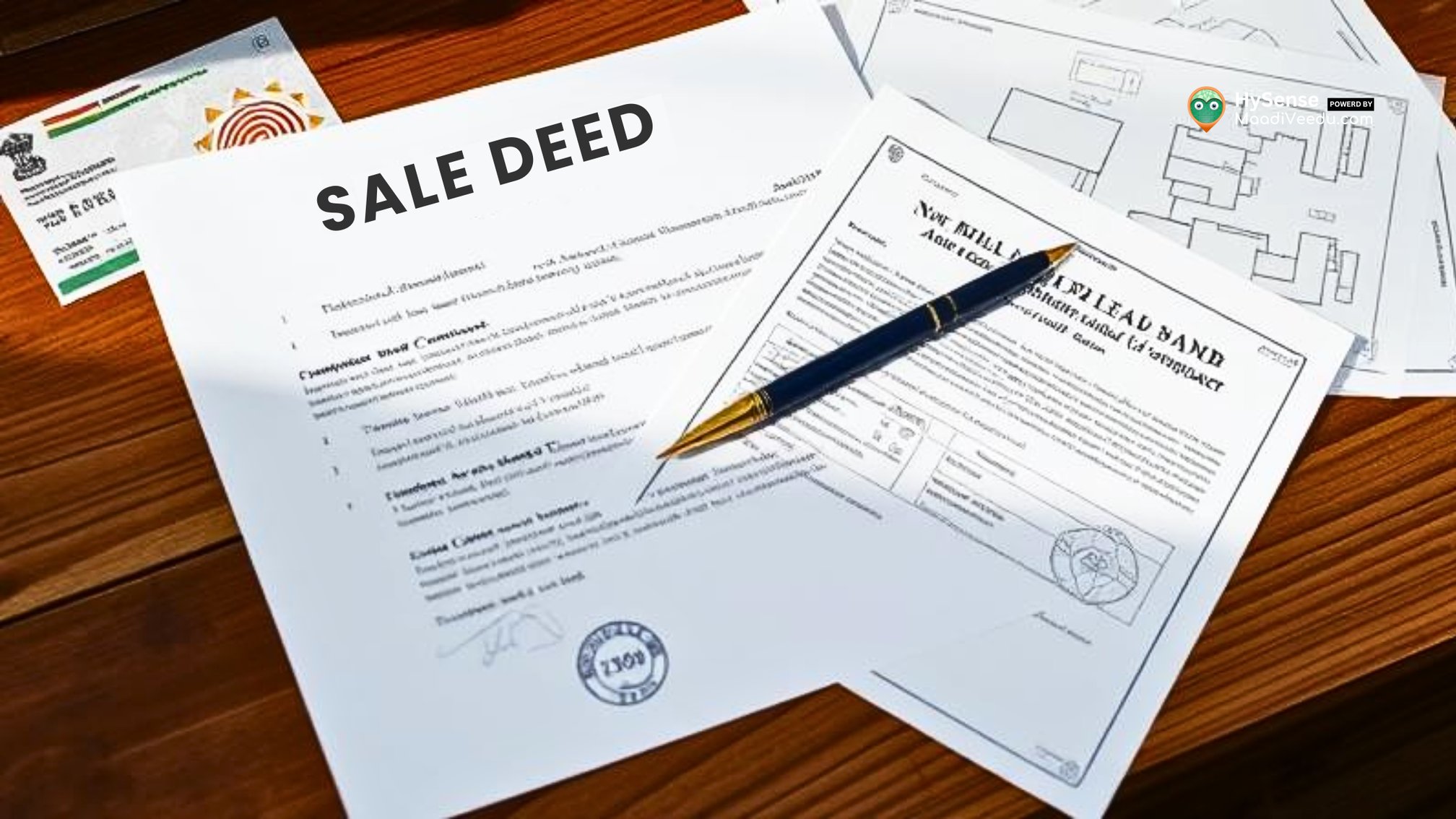Parapet Wall Height Standards: Essential Guide for Safe Construction
Ensure safety and style with the perfect parapet wall height. Our guide helps you design strong, secure, and visually appealing parapet walls for any building!
Table of Contents
The Hidden Safety Barrier You Might Be Ignoring
Imagine walking on a rooftop terrace in your apartment building. The breeze is pleasant, the view is stunning—yet what’s keeping you safe at the edge? That small wall you often overlook—the parapet—could be the difference between safety and disaster.
Here’s something you might not know: parapet walls aren’t just architectural add-ons—they're often required by law for any accessible roof space.
Now think about this—are the parapet walls on your building built to code? Are they high enough, strong enough, and safe enough to do their job?
In this guide, you’ll learn:
- What exactly determines the height of a parapet wall
- Recommended parapet wall heights for homes vs. commercial buildings
- Safety rules and smart construction tips you can't afford to ignore
Let’s decode the standards and ensure your building stands strong—both in design and safety.
Looking for properties with approved construction and proper rooftop safety in place? You can view verified listings that meet essential building standards here.
Overview
This blog walks you through everything you need to know about parapet wall height standards—from legal building codes to practical construction tips. Whether you're a homeowner, builder, or architect, this guide will help you understand how to balance safety, durability, and aesthetics when it comes to parapet walls.
Understanding the Basics: What Is a Parapet Wall and Why Does Height Matter?
Parapet walls are low walls built at the edge of a roof or terrace. While they add a clean finish to the building, their main role is safety—especially in buildings where the rooftop is used as a functional space.
Why Height Is Crucial
The height of a parapet wall affects:
- Fall protection for people on the terrace or rooftop
- Structural safety during extreme weather conditions
- Privacy in residential settings
Every building type, from a bungalow to a high-rise office, needs parapet walls designed to suit its usage and surroundings.
What Influences Parapet Wall Height?
Several real-world factors help decide how high a parapet wall should be:
1. Building Type
- Residential buildings: 3 to 4 feet
- Commercial buildings: 4 to 5 feet or more
- Public-use buildings (malls, hospitals, schools): Often higher, based on occupancy
2. Location and Environmental Conditions
- Coastal zones need higher, reinforced parapets due to strong winds
- Earthquake-prone areas need earthquake-resistant parapet designs
- High rainfall regions require water-resistant construction techniques
3. Roof Accessibility
If the rooftop is used as a:
- Garden
- Play area
- Seating zone
- Then the parapet wall must follow safety standards for public access, especially where children or elderly people are likely to be present.
Parapet Height Guidelines: A Quick Summary
Construction Guidelines: Build Strong, Build Safe
Materials
- Concrete and RCC (Reinforced Cement Concrete): Strong, long-lasting, and ideal for tall structures
- Brick or stone: Suitable for homes and low-rise buildings, good for aesthetic integration
- Steel, glass, and metal panels: Modern options for stylish buildings and offices
Reinforcement Techniques
- Use steel rods or mesh for internal reinforcement
- Anchor walls to the roof slab with proper hooks or vertical rods
- Use corner reinforcements for added strength
Construction Best Practices
- Ensure proper slope for water drainage
- Use waterproof plaster or coatings to avoid seepage
- Conduct regular structural inspections, especially in older buildings
Balancing Beauty and Safety in Architecture
Parapet walls should not only meet safety standards but also complement the building's design.
- In modern buildings: Use glass or aluminium cladding for a clean finish
- In traditional homes: Decorative stone or brick patterns blend with local styles
- Architects can use parapet height to hide rooftop structures like water tanks, AC units, or solar panels
Parapet Wall Tips for Homeowners
- Privacy: A 4-foot-high wall can reduce exposure from neighbouring buildings
- Weather-proofing: Choose materials like RCC or stone for longevity
- Low maintenance: Use water-sealed paints and avoid wooden claddings
- Legal check: Always confirm local municipal bylaws before increasing wall height
Commercial Parapet Wall Standards
- Must follow zonal building safety regulations
- Should have structural integrity against storms, seismic activity, and load impact
- Use visible or glass-finished walls for office terraces, cafes, or rooftop lounges
- Fire escape routes should not be blocked by high or solid parapet walls
Safety Regulations and Legal Compliance
What Do Building Codes Say?
- Minimum parapet wall height in most cities is 3 feet
- For public or accessible terraces, 4.5 to 5 feet is usually mandatory
- Coastal areas may require additional wall support based on wind zone classification
Avoid These Legal Risks
- Non-compliance can lead to demolition notices from authorities
- Illegal parapet extensions can cause penalties or registration delays
- Builders must consult structural engineers before altering parapet height
Best Practices Checklist
- Follow local height regulations strictly
- Choose durable and low-maintenance materials
- Reinforce properly for structural strength
- Add drainage and sealing to avoid water issues
- Blend design with the building’s overall aesthetic
Spotted unsafe rooftop work nearby? Know the right way to act—read our guide on reporting illegal construction.
Conclusion: Build Smart, Stay Safe
Parapet walls may seem like a minor part of your building, but they’re one of the most critical features for safety and aesthetics. By ensuring proper height, quality materials, and legal compliance, you protect not just your property—but the people using it.
If you're planning to build, renovate, or buy a property, make sure you're guided by safety-first decisions—right from the parapet to the foundation.
To explore properties that meet safe construction standards or to stay informed with expert real estate insights, visit
MaadiVeedu.com for property listings and
blog.maadiveedu.com for more such informative articles.
Frequently Asked Questions (FAQs)
1. What is the minimum height of a parapet wall in residential buildings?
The minimum is usually 3 feet, but 4 feet is preferred for better safety and privacy.
2. Can I increase the height of my parapet wall for privacy?
Yes, but you must check local building rules. Some areas limit how much extra height you can add.
3. Are parapet walls compulsory for all buildings?
Yes, in most buildings with accessible roofs. They are a safety requirement by law.
4. What material is best for a long-lasting parapet wall?
Reinforced Cement Concrete (RCC) is the most durable and weather-resistant choice.
5. Can parapet walls be decorative?
Absolutely. Many architects design them with stylish finishes or ornamental patterns without compromising safety.
6. Do parapet walls need maintenance?
Yes. Regular checks for cracks, water seepage, and paint peeling help maintain safety and appearance.
7. Are glass parapet walls safe for terraces?
Yes, if made with toughened glass and supported by steel or aluminium frames. Must meet safety codes.
8. Do commercial buildings require different parapet wall heights?
Yes. Due to more foot traffic and legal standards, commercial walls are usually 4.5 to 5 feet high.
9. What happens if my parapet wall doesn't meet building codes?
You may face legal action, including fines or orders to modify or demolish the structure.
10. Can parapet walls help reduce rooftop heat or noise?
Yes. Properly built parapet walls can act as sound and thermal barriers when designed with insulation.










